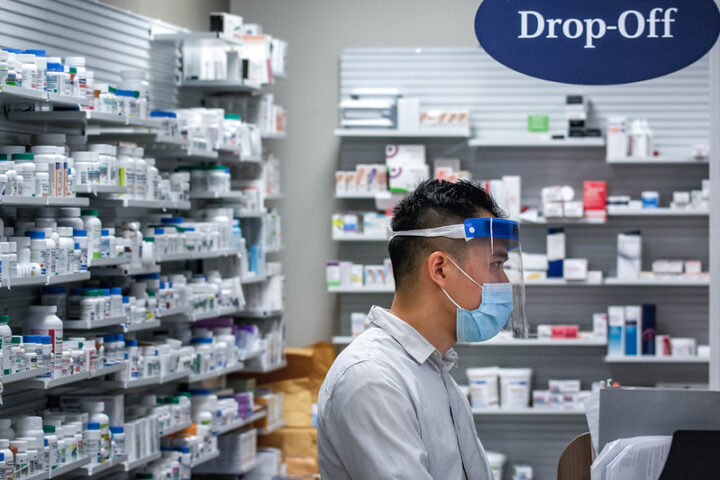Healthcare providers are turning to a method called “patient personas” to improve medical care. These personas group patients with similar medical conditions, needs, and behaviors to help doctors plan better treatment.
Two graduate students at Binghamton University have published research that could make this approach even more effective. Their work highlights both the benefits and current limitations of using patient personas in healthcare settings.
“In healthcare, or in any industry, there are a lot of personas,” explains Jhanille Hurde, one of the researchers. “As a patient, you have your own persona. Even if you have breast cancer and somebody else has breast cancer, you are two different personas, because you need different treatments and different interventions.”
Hurde is completing her master’s degree while working at Memorial Sloan Kettering Cancer Center in New York City through the Watson Institute for Systems Excellence (WISE). Her research partner, Amaya McCollough, recently earned her bachelor’s degree and now works as an associate engineer for energy company Avangrid.
Their study, published in the Journal of Healthcare Risk Management, found that despite the growing use of patient personas, there’s a major problem: most healthcare providers don’t have standard methods for collecting and organizing this information.
This lack of consistency makes it difficult to compare data across different healthcare settings. It also creates potential for bias when gathering patient information and limits the use of artificial intelligence to predict better outcomes.
“We need to have more dynamic patient personas in this new age that we’re in, using technology to do predictive analytics, or using machine learning and AI to help us along that journey,” Hurde says. “We use those tools every day, and we use them a lot in healthcare, so why not use them to serve our patients?”
Similar Posts
The researchers point out that effective personas need to consider not just a patient’s medical needs but also their mental and social wellbeing. For example, when designing medical devices like heart rate monitors, developers need to understand whether they’re creating tools for cardiac patients who need reliable arrhythmia detection or simply for someone tracking their fitness.
Another surprising finding was the limited published research on how patient personas are actually being used in healthcare settings.
“A lack of published research about personas made doing the review a little harder,” McCollough notes. “Few people are publishing anything about their application. That makes it hard to connect what I’m doing right now with topics like enterprise systems.”
The researchers believe improving how patient information is collected and used could solve many problems in healthcare, such as delays in care, hospital admissions, and discharges. By gathering more complete data, healthcare systems could redesign their workflows for better efficiency.
Sreenath Chalil Madathil, assistant professor and advisor to the research, emphasizes that patient journey mapping “serves as a critical foundation for healthcare systems engineering, enabling evidence-based optimization of care delivery by capturing real patient needs and experiences.”
While the current research doesn’t include specific metrics showing how patient personas have improved care outcomes, the approach shows promise for creating more personalized healthcare experiences. As more healthcare systems adopt these methods, patients may see more tailored treatment plans that consider their unique circumstances and needs.



















